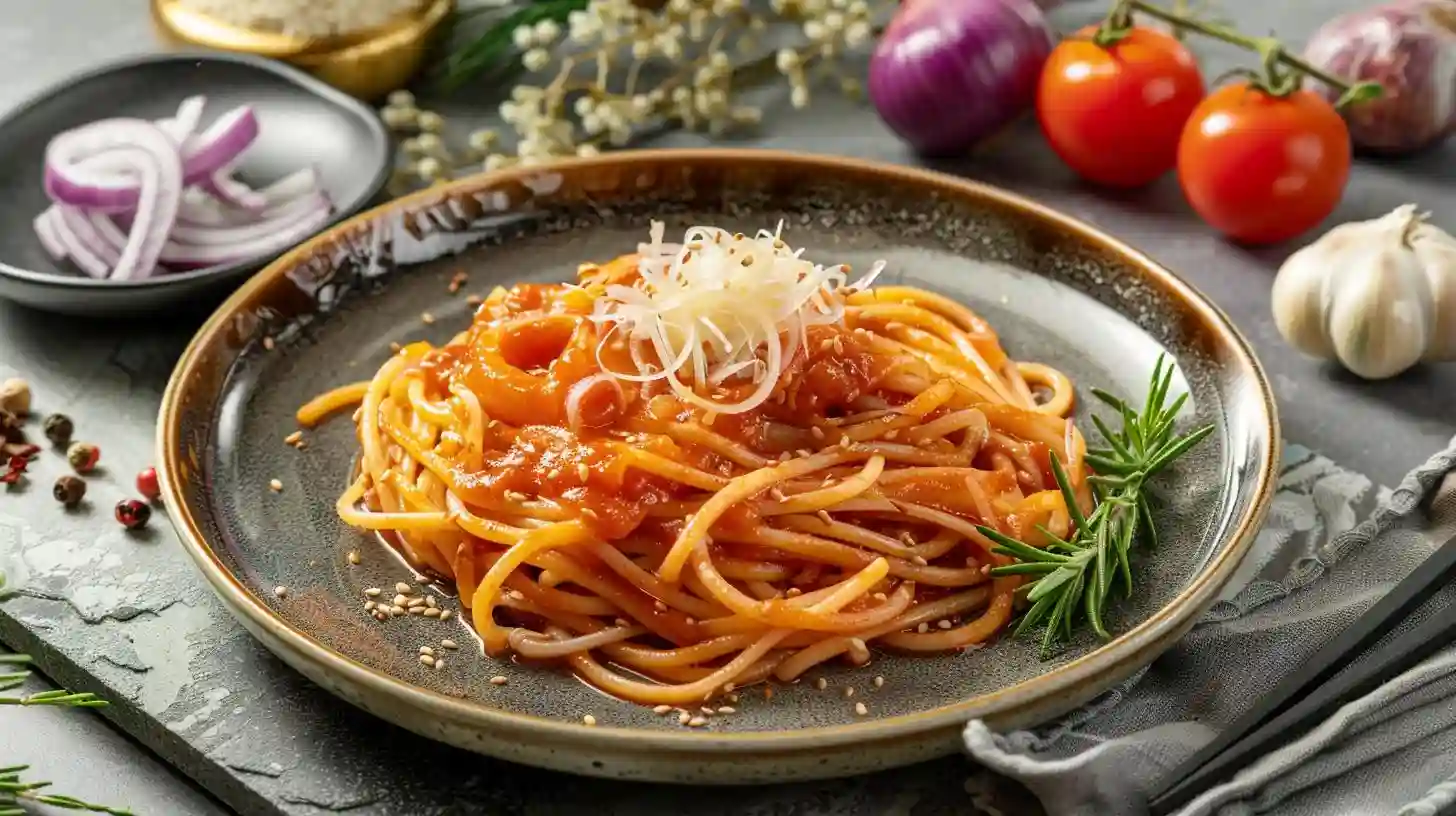
Pasta has been a staple food in many cultures for centuries. Its origins can be traced back to ancient civilizations such as the Etruscans and Romans, who were known for their advanced techniques in preparing this popular dish. Making pasta involves a few key ingredients, namely flour and water, as well as other additives such as eggs and salt.
The process of making pasta begins with mixing flour and water to form a dough. This dough is then kneaded to create gluten in the flour, which gives the paste its chewy texture. Some recipes call for the addition of eggs, which add richness and color to the pasta. After kneading the dough, it is rolled out into thin sheets and cut into various shapes, such as long strands for spaghetti or tubes for penne.
Once the pasta is shaped into the desired shape, it is dried to remove moisture and prevent spoilage. Traditionally, pasta was dried in the sun, but nowadays most pasta is dried in large drying chambers that mimic the natural drying process. Drying time may vary depending on the shape and thickness of the pasta, with thicker shapes taking longer to dry.
Another method of producing pasta is extrusion, in which dough is forced through a die to create different shapes. This method is commonly used for shapes such as pasta and rigatoni, which have a hollow center. The extrusion process allows for a more uniform shape and texture of the final product.
Apart from traditional wheat-based pasta, there are also alternative versions made with ingredients such as whole wheat flour, rice flour and even vegetables. These pasta alternatives accommodate dietary restrictions and preferences, providing a healthier option for those looking to reduce their gluten intake or increase their vegetable intake.
Once the pasta is cooked, you can cook it in boiling water until it reaches the desired texture. Pasta is usually cooked al dente, which means "to the tooth" in Italian, indicating that the pasta is cooked through but remains firm to the bite. If pasta is overcooked, its texture can become mushy, so it is important to watch the cooking time carefully.
Pasta can be used to make a variety of dishes, from simple buttery noodles to elaborate pasta casseroles and casseroles. It serves as a versatile base for many sauces and flavors, from classic marinara and alfredo to more adventurous combinations like pesto and carbonara. The shape of the pasta can also influence how it pairs with sauces: long strands like spaghetti work well with creamy sauces, while short strands like penne work well with bulky tomato sauces.
Pasta is a favorite food that has stood the test of time due to its simplicity and versatility. Pasta production involves several key ingredients and techniques that have been refined over centuries to create the perfect pasta shapes and textures. Whether you eat pasta on its own or as part of a larger meal, it will remain a staple in kitchens around the world for years to come.